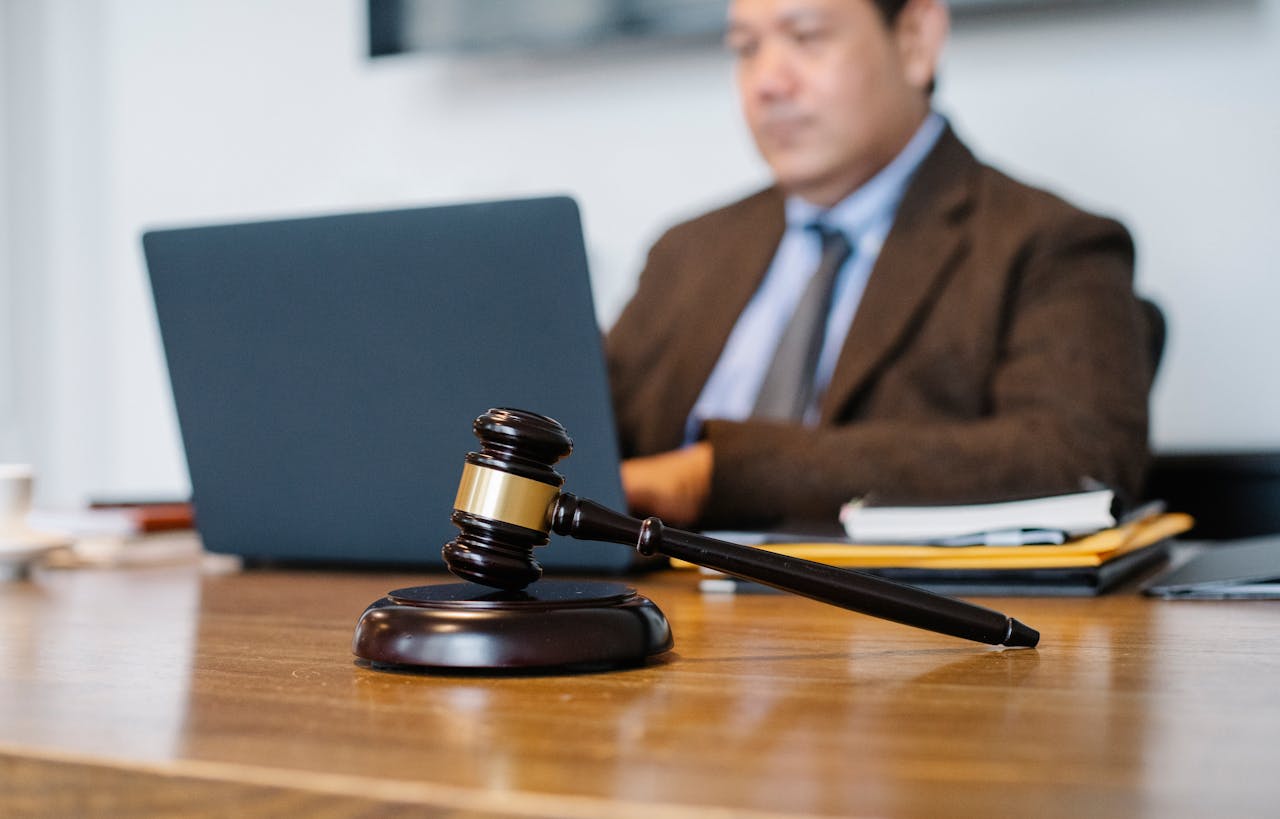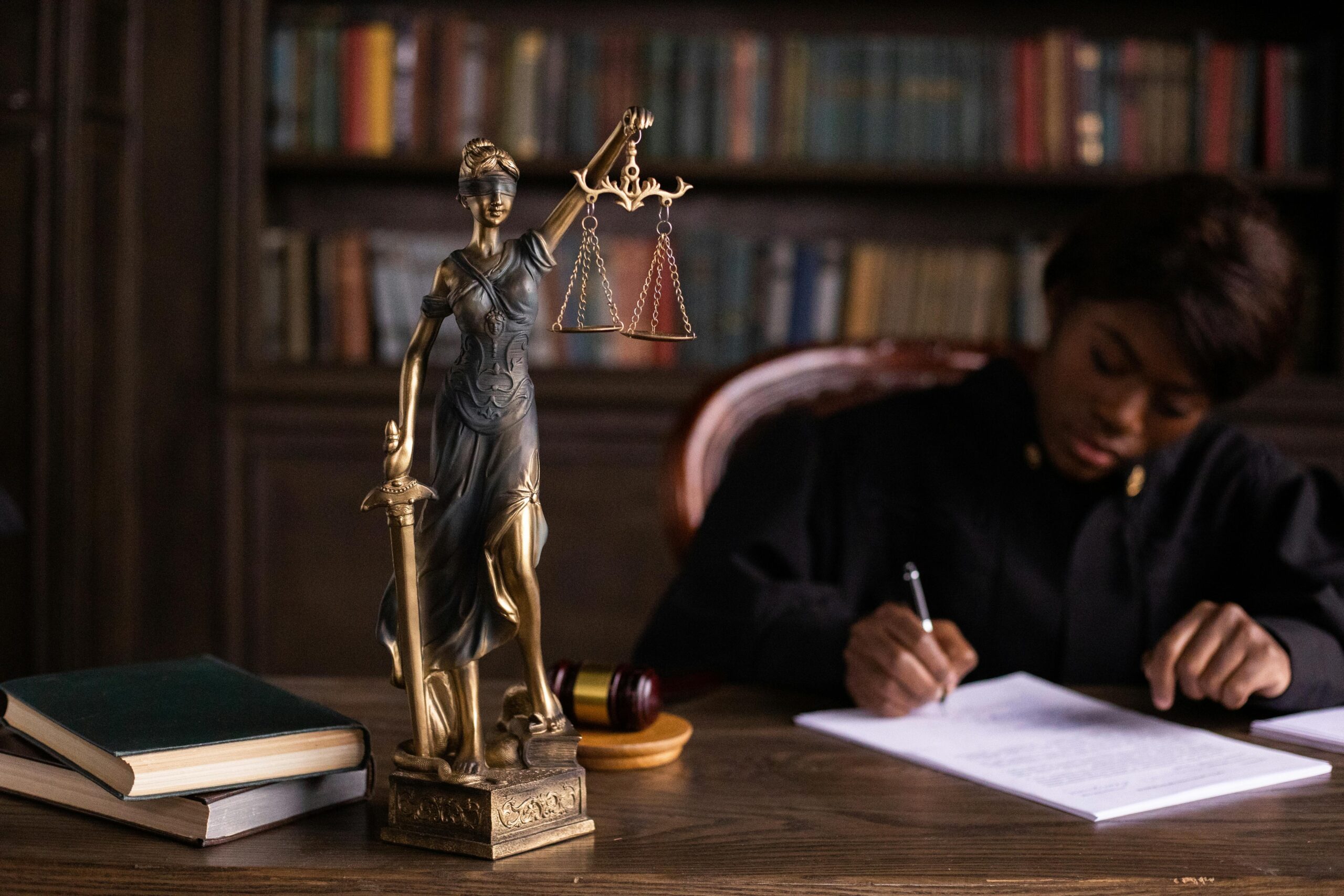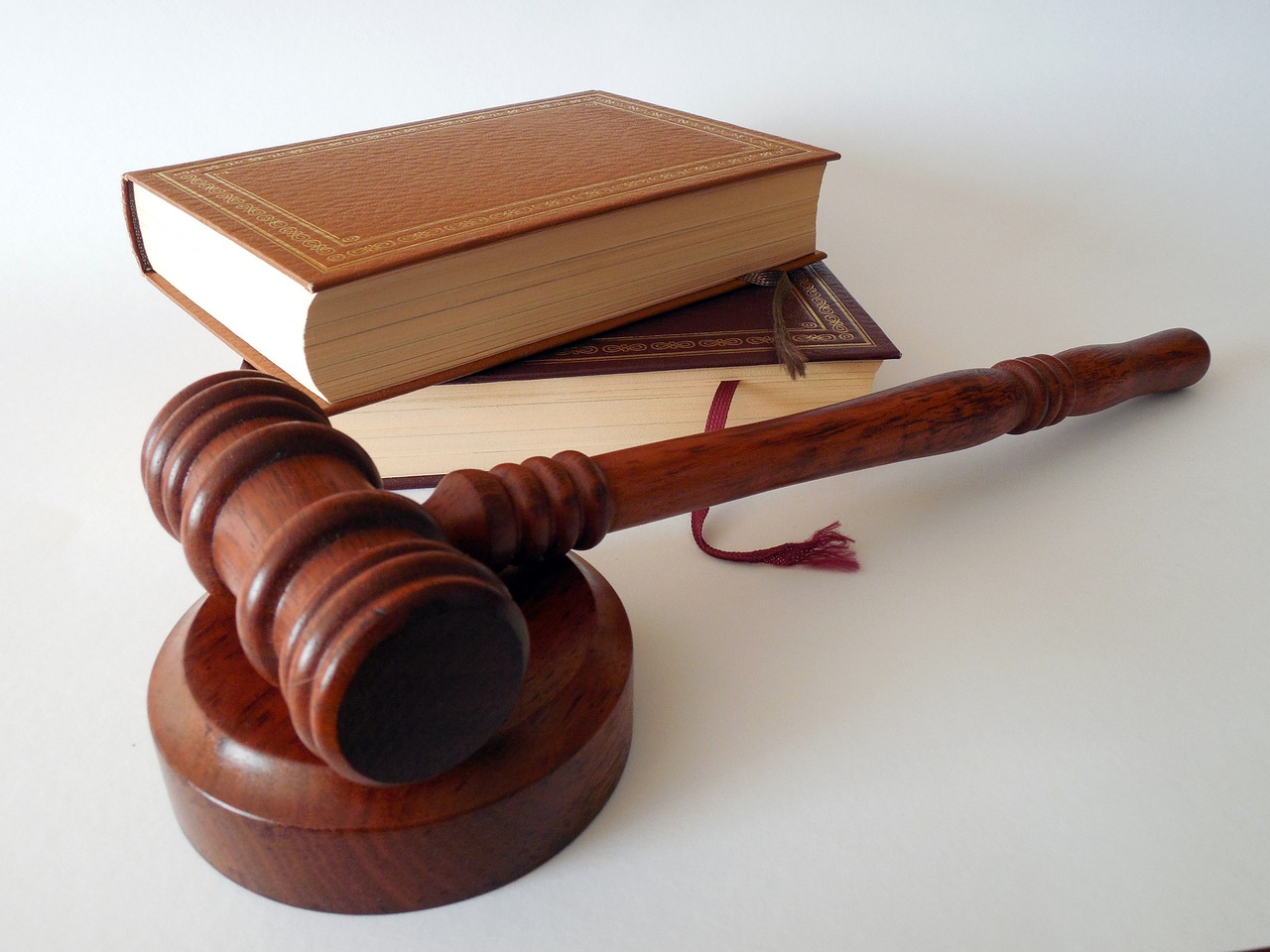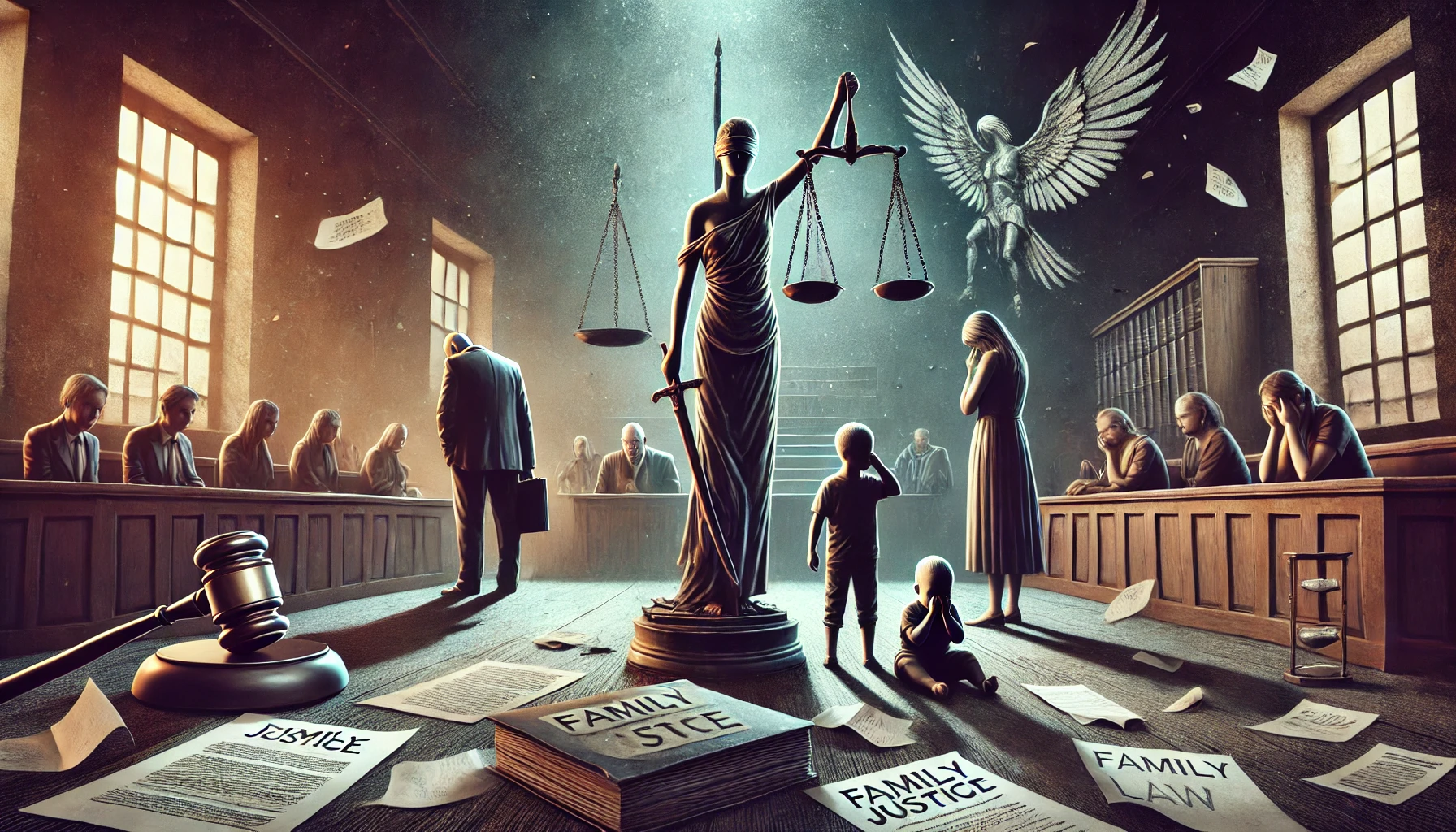Authored By: Pa Hema
INTRODUCTION:
The rise of blockchain technology has brought fresh ideas to the way we think about decentralisation, transparency, and shared governance. At the core of this shift is the blockchain community—a diverse, decentralised group made up of users, miners, validators, and developers. But as this technology evolves, a major challenge continues to surface: how to protect intellectual property (IP) rights in these new digital spaces. Traditional IP laws were built over centuries with centralised, physical systems in mind. Applying them to open, decentralised networks present new complications.
Since the blockchain world operates mostly without a central authority and relies heavily on self-regulation, it introduces a new kind of governance. This leads to an important question: Can decentralised communities effectively monitor and enforce IP rights on their own? Or will formal legal systems still need to step in? This article takes a closer look at how self-regulation works in blockchain when it comes to IP protection, and whether these community-based systems are truly viable in the real world.
BLOCKCHAIN AND DECENTRALISED COMMUNITIES
Blockchain technology is marking its beginning to transform conventional network of data storage and transactional verification. Conventional system operates through centralised system where data is controlled by single entity. Blockchain operates through decentralised ledger system that operates across a decentralised network of nodes, in which each participant maintains an independent copy of ledger. Thus these technology helps in enhancing transparency, security by reducing the chance of manipulation. Blockchain technology is mostly associated with cryptocurrencies such as Bitcoin and Ethereum, but it’s beyond digital currencies extending to decentralised finance (DeFi), smart contracts, and supply chain management. These innovations facilitate peer-to peer interaction by eliminating intermediaries and enhance operation efficiency by decentralising financial access.
Success of blockchain ecosystem lies on the communities that forms around specific project, protocols. These communities employs or experiment with innovative governance models, such as Decentralised Autonomous Organisation (DAO) or token based voting systems to make collective decisions. Thus it enhances collective participation by reducing centralised control. They introduce legal and ethical challenges in intellectual property law and its regulatory compliance. Blockchain technology and its communities are redefining traditional paradigms of trust, governance, and value exchange. As these ecosystems continue to evolve, it’s important for interdisciplinary research and policy making to address the challenges.
THE ROLE OF SELF-REGULATION IN BLOCKCHAIN COMMUNITIES
The traditional centralised system subjected to formal regulatory framework, these ecosystem functions through trust-less transaction and consensus-based governances. Whereas blockchain technology operates through decentralised system which rely on self regulatory mechanism to govern internal operations. But the above mechanism rises a concern of effective enforcement of intellectual property.
- Decentralised Autonomous Organisations (DAOs)
Decentralised Autonomous Organisations (DAOs) represent a prominent model of self-regulation within blockchain ecosystems. These entities are governed by smart contracts, which delineate the rules for participation, decision-making, and dispute resolution. In some cases, DAOs enable members to vote on key governance issues, including those related to the enforcement of IP rights. However, the absence of a centralised enforcement authority poses challenges. Compliance with IP law within DAOs depends heavily on the collective will of community members, which can lead to inconsistencies in enforcement and vulnerability to legal uncertainty.
- Community Policing Mechanisms
Some of the Blockchain communities have developed informal mechanisms to address IP violations. These mechanisms include decentralised adjudication process, community-driven disputes, or reputation-based enforcement. If a copyrighted content is uploaded to a decentralised platform, community member may flag the content and vote for its removal. While these self-regulatory measures can be effective in certain cases but they are also prone to abuse or manipulation when malicious actors exploit the open governance framework, limiting their overall reliability.
- Smart Contract Enforcement
Smart contracts a self-executing agreement, which is triggered by predefined conditions, and promise to hold automating aspects of IP enforcement. In the context of IP protection, smart contracts can define licensing terms, payment structures, and other critical agreements. However, smart contract may not be capable of preventing the unauthorised duplication or distribution of content unless it is embedded with appropriate monitoring and enforcement protocols. Thus smart contracts alone are not a comprehensive solution for the IP enforcement.
- Reputation Systems
Reputation systems are usually employed in blockchain communities to encourage compliance with community norms and rules with respect to IP rights. Participants earn or lose reputation points based on their actions in the network. For example, users who repeatedly engage in IP violations may lose reputation points, eventually leading to expulsion from certain platforms or loss of access to community resources. Although reputation systems can promote compliance, they may be inadequate in addressing more complex or systemic IP violations, particularly when violations involve high-stakes or widespread infringement.
LEGAL FRAMEWORK AND LIMITATIONS OF SELF-REGULATION:
The advantage of self-regulation within blockchain communities are operational flexibility and limits dependency on centralised authorities, it’s followed by certain limitations, particularly concerning IP protection. Self regulation within blockchain communities are adequately evaluated by addressing several legal challenges in case of IP enforcement.
- Lack of Legal Recognition
In many jurisdictions, blockchain-based IP enforcement mechanisms lack formal legal recognition. Conventional Ip enforcement involves judicial oversight and IP holders seek remedies from national courts in case of any dispute or infringement of his rights. In contrast, self-regulation within blockchain communities operates independently and outside the legal framework. As a result, decision made by decentralised communities may lack legal enforceability, raising doubts about efficiency and legitimacy of such regulation.
- Cross-Border Legal Complexity
Blockchain technology is transnational in nature, involving participants from different jurisdictions with differing IP laws. Immutability and transparency of blockchain transactions may help in tracking transaction and identifying infringement of rights but it doesn’t resolve legal challenges posted by cross-border IP infringement. A decentralised consensus to remove or flag infringing content may be effective within the community but remains unenforceable in foreign jurisdictions. This jurisdictional gap hinders the ability to secure comprehensive IP protection across borders.
- Absence of Standardised Enforcement Protocols
Self-regulation within blockchain communities is decentralised and lack standardised enforcement mechanism for IP infringement. In contrast conventional IP enforcement, is supported by legal procedures. Whereas blockchain communities lack clear rules, regulation and procedure in handling IP violation. This can lead to inconsistency in IP enforcement, procedural uncertainty, and difficulty in ensuring fairness and due process in handling of IP disputes
- Accountability and Liability
The pseudonymous nature of blockchain community poses significant challenges regarding accountability and complicates enforcement. Intellectual property rights are generally exclusive right given to the author or creator. In decentralised network infringers often act anonymously. Thus raises the question of who is legally accountable, decentralised communities may struggle to implement effective IP enforcement mechanisms, leaving creators vulnerable to infringement. Without the ability to identify or hold violators liable, even well-designed self-regulatory frameworks may fall short of providing meaningful protection.
CONCLUSION:
The self-regulation of blockchain communities presents an intriguing potential solution for the enforcement of intellectual property protections within decentralised ecosystems. While blockchain technology offers innovative tools, such as smart contracts, DAOs, and reputation systems, these mechanisms face significant challenges. The decentralised nature of blockchain complicates the enforcement of IP rights, and the absence of centralised authorities or established legal frameworks creates a complex legal landscape.
While blockchain communities can develop internal measures to address IP violations, the limitations of these self-regulatory systems—such as lack of legal recognition, cross-border enforcement challenges, and accountability issues—suggest that they may not be sufficient on their own. As blockchain technology continues to evolve, it is likely that new legal frameworks and regulatory approaches will be needed to balance the principles of decentralisation with the need for robust IP protection.
Ultimately, a hybrid approach combining self-regulation within blockchain communities and formal legal oversight may be the most effective way to safeguard intellectual property rights in the digital age.
REFERENCE(S):
- Buterin, V. (2014).A next-generation smart contract and decentralized application platform. Ethereum. https://ethereum.org/en/whitepaper/
- Kaminski, M. E. (2020). Intellectual property in the blockchain era: The decentralized future of IP protection.Harvard Journal of Law & Technology, 33(1), 101-137.





